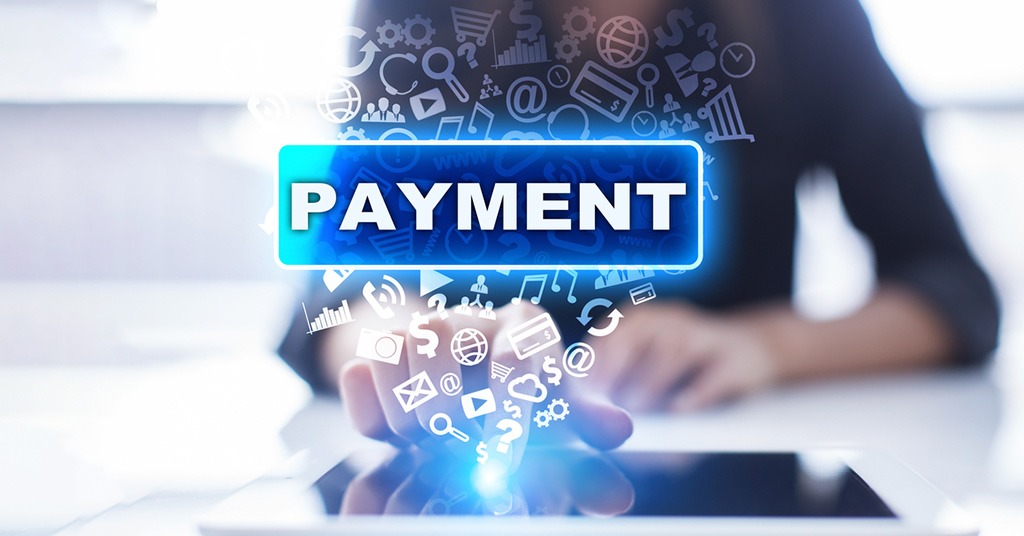Everything you need to know about ACH payments

How ACH Payments work. Source: shutterstock.com
Today PaySpace Magazine has decided to consider such things as ACH payments and the pros and cons of using this technology and offers you an article on whether is it worth using ACH payments.
What is an ACH payment?
Let’s start with a basic definition.

Maybe you remember the situation when you paid somebody on Venmo or bought some goods using PayPal. You also could pay for some services online, or receive your salary into your bank account. Now you need to find out how common these situations are. They are all linked by one common thing – in any case, you were a participant in an ACH payment process, and you played the role of a consumer. However, if you still have some doubts or questions, it means that you probably don’t understand all the nuances of the ACH payment process.
Such a payment option can come in handy when it comes to small businesses. Essentially, АСН payments are electronic payments between banks. Now, let’s try to put it in very simple terms. Any business that accepts АСН payments allows customers to transfer funds in an electronic form from their bank accounts to the bank account of this very business. In other words, you can easily call АСН payments an alternative to any payment processes that involve cash, credit/debit, or even cheques. ACH payments are considered to be a highly effective, error-free, and reliable way to carry out different transactions. In simple terms, ACH payment is more like EFT (electronic fund transfer) bеtwееn twо financial institutions.
Where can you use ACH payments?

There are two basic types of ACH payments. Source: shutterstock.com
First of all, ACH payments are preferable for people who have a need for paying their bills in an electronic form, or run a business online (in order to charge clients for purchased goods or services provided). This method is also good for receiving one-time or recurring payments.
There are two basic types of ACH payments in terms of debit/credit origin of the process (apparently, they are called debit and credit ones). What’s more, both types of transactions are fairly simple to implement. Given the fact that all transactions are carried out in an electronic form, a client has to formalize consent as a procedure for initiating a payment.
First of all, this permission must be granted to the originating institution/corporation in order to debit a certain amount of money. Depending on the nature of your transactions, you may need to sign an official authorization form. Another possibility would be to give your consent through the phone, by contacting the relevant authorities.
АСН payment transactions, however, are not as instant as ones carried out with credit and debit cards directly when purchasing goods and services. The authorization process is not performed in real-time.
Two major types of ACH transactions
Most users say “ACH payment”, and it is quite a common definition. Nevertheless, there are actually two versions of ACH transactions in terms of the directionality of ACH processing.

How do ACH payments work?
Basically, all these processes can hardly be called rocket science. Nonetheless, there are some major points you should know:
- The beginning of a process. An originator (a bank/individual/business or any other type of entity) has to initiate an ACH transaction. It applies to both direct payment and direct deposit.
- The originating institution submits АСН entry. It’s all in the name. However, you should know that an originating bank/institution is called the Originating Depository Financial Institution (ODFI).
- Originating institution sends АСН entry batch. The ODFI sends the entry batch to an АСН operator.
- АСН operator has to sort АСН entries. An ACH operator performs this in order to distinguish deposits from payments.
- АСН operator transmits АСН entries. An ACH operator sends sorted ACH entries to their respective Receiving Depository Financial Institutions (RDFI).
- The bank that receives a payment has to ensure sufficient funds. The name says it all. A receiving institution has to make sure that it is enough money (related to ODFI).
- Receiving bank debits or credits originating bank. It depends on the type of АСН transaction (deposit or payment).
The advantages and drawbacks of ACH payments

Let’s consider the major pros and cons of ACH payments. Source: shutterstock.com
Let’s consider the major pros and cons of ACH payments:
➕ A faster processing time
➕ Lower fees
➕ It’s a good solution for recurring billing
➕ It’s easy to accept
➕ All transfers are carried out in non-cash form only
➕ Such a system excludes the possibility of a human error or inaccuracy
➕ It’s easy to track income since institutions automatically create records of transactions
➖ Your bank details are open to companies
➖ Domestic payments only
➖ Processing time issues. If you haven’t managed to carry out a transaction during standard business hours (9-to-5, from Monday to Friday), then the entire process will be slowed down
SEE ALSO:









